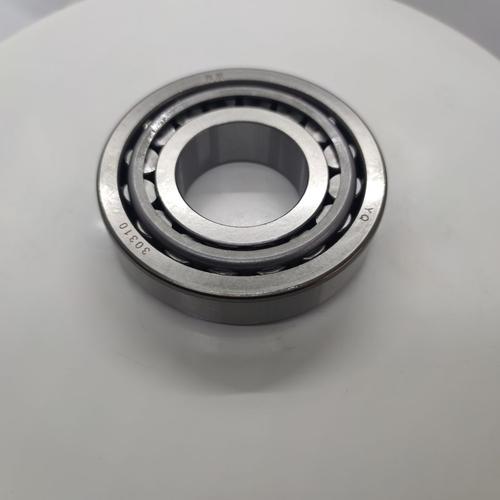Top Common Reasons for Tapered Roller Bearing Failures and How to Prevent Them
Tapered roller bearings are crucial components in many industrial applications, but they can fail due to various reasons such as improper lubrication, misalignment, or contamination. Understanding these failure reasons helps in preventing costly downtime.
Table of Contents
1. tapered roller bearing failure due to lubrication issues2. tapered roller bearing misalignment problems
3. tapered roller bearing contamination causes
4. tapered roller bearing wear and tear
1. tapered roller bearing failure due to lubrication issues

Lubrication is critical for the smooth operation of tapered roller bearings. Insufficient or excessive lubrication can lead to premature failure. When bearings are not properly lubricated, friction increases, causing overheating and eventual breakdown. On the other hand, over-lubrication can cause churning, leading to energy loss and higher operating temperatures. Using the correct type and amount of lubricant is essential. Regular maintenance checks should include lubrication quality and quantity assessments to ensure optimal performance. Additionally, environmental factors such as high temperatures or exposure to chemicals can degrade lubricants faster, necessitating more frequent replacements. Implementing a scheduled lubrication program can significantly reduce the risk of failure.
2. tapered roller bearing misalignment problems
Misalignment is another common cause of tapered roller bearing failure. When bearings are not properly aligned, uneven load distribution occurs, leading to excessive stress on certain parts of the bearing. This can result in premature wear, noise, and eventual failure. Misalignment can be caused by improper installation, shaft deflection, or foundation settling. To prevent this, ensure precise alignment during installation and use alignment tools to verify positioning. Regular inspections can help detect early signs of misalignment, allowing for corrective actions before severe damage occurs. In some cases, self-aligning bearings may be used to accommodate minor misalignments, but proper installation remains the best preventive measure.
3. tapered roller bearing contamination causes
Contamination is a major enemy of tapered roller bearings. Dirt, dust, water, and other foreign particles can enter the bearing, causing abrasion and corrosion. Contaminants can degrade lubricants, leading to increased friction and wear. Seals and shields are designed to protect bearings from contamination, but they can fail over time. Regular maintenance should include checking and replacing damaged seals. In harsh environments, more robust sealing solutions may be necessary. Keeping the surrounding area clean and using proper handling techniques during installation can also minimize contamination risks. Additionally, filtered lubrication systems can help ensure that only clean lubricant reaches the bearing surfaces.
4. tapered roller bearing wear and tear
Wear and tear is inevitable over time, but excessive wear can lead to premature failure. Factors such as heavy loads, high speeds, and poor maintenance can accelerate wear. Regular inspections can help identify signs of wear, such as pitting, spalling, or discoloration. Replacing bearings before they fail can prevent costly downtime. Using high-quality bearings designed for specific applications can also extend their lifespan. Proper handling during installation and maintenance is crucial to avoid damage that can lead to early wear. Monitoring operating conditions, such as load and speed, can help optimize bearing performance and reduce wear rates.
Tapered roller bearing failures can be costly, but understanding the common reasons behind them can help in prevention. From lubrication issues to misalignment, contamination, and wear, each problem has solutions that can extend bearing life. Regular maintenance, proper installation, and using the right materials are key to avoiding these issues. By addressing these factors, you can ensure reliable operation and reduce downtime. Stay proactive in your maintenance approach to keep your bearings running smoothly.
In conclusion, tapered roller bearing failures are often preventable with proper care and maintenance. By understanding the common causes and implementing best practices, you can significantly reduce the risk of failure and extend the lifespan of your bearings. Regular inspections, correct lubrication, and proper alignment are essential steps in ensuring optimal performance. Invest in quality bearings and maintenance practices to avoid costly repairs and downtime.




 13869596835
13869596835